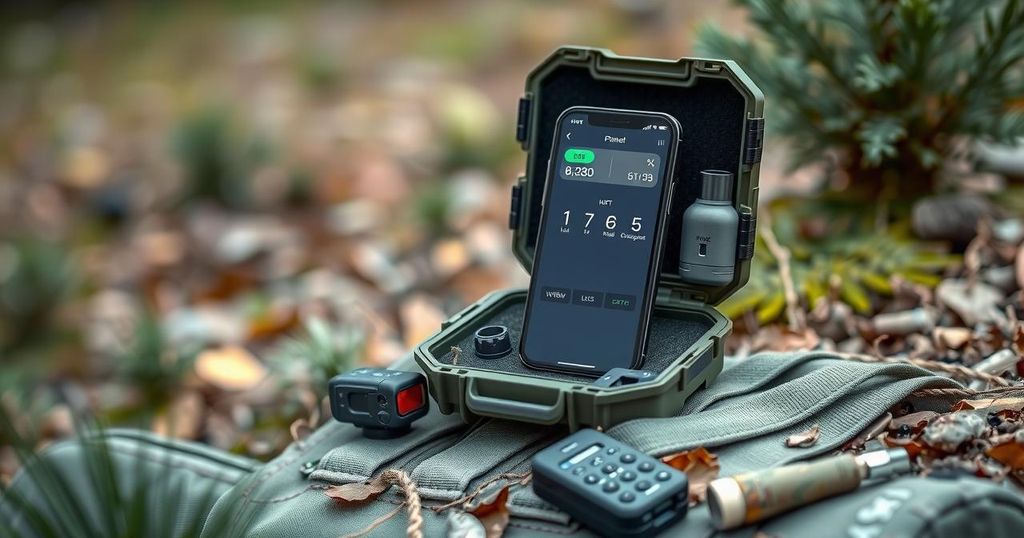ROC’s new ROC +0014 algorithm demonstrated a 30% increase in accuracy for latent fingerprint biometrics in the NIST ELFT evaluation. The algorithm reported an FNIR of 0.138 and processed matches in an average of 64 seconds, significantly improving efficiency. With high hit rates and free access to their SDK, ROC reinforces its leadership in biometric technology.
ROC has achieved a significant advancement in latent fingerprint biometrics by introducing the ROC +0014 algorithm, which recorded a 30% improvement in accuracy during a U.S. government assessment conducted by NIST. This was part of the Evaluation of Latent Fingerprint Technologies (ELFT) that commenced in early February.
The ROC +0014 algorithm demonstrated an average false non-identification rate (FNIR) of 0.138, a substantial enhancement from the previous 0.198 FNIR of the ROC +009 algorithm submitted in July. In addition to improved accuracy, the ROC algorithm processed matches in an impressive average of 64 seconds, substantially quicker than the next competitor, which required 43 minutes, translating to lower computational resource costs for law enforcement.
Furthermore, ROC achieved a rank-1 hit rate of 93.7% and a rank-100 hit rate at a false positive identification rate (FPIR) of 10% reaching 88.8%. Dr. Brendan Klare, ROC’s chief scientist and co-founder, expressed the company’s commitment to accuracy and innovation: “At ROC, accuracy and extreme scientific rigor are more than just priorities, they’re in our DNA.”
Notably, the production-ready algorithm assessed by NIST mirrors the version available in the ROC Software Development Kit (SDK), which ROC offers freely for developers for their evaluations. The ROC SDK version 3 was first submitted to the ELFT a year ago, and the software is now integrated into specialized forensic camera systems by the end of 2024.
In summary, ROC’s latest algorithm exhibited a 30% increase in accuracy for latent fingerprint biometrics, along with a significant enhancement in processing speed, thereby reducing resource costs. With high hit rates and an SDK available for developers, ROC continues to lead the field of biometric identification, affirming its commitment to innovation and technological advancement.
Original Source: www.biometricupdate.com





